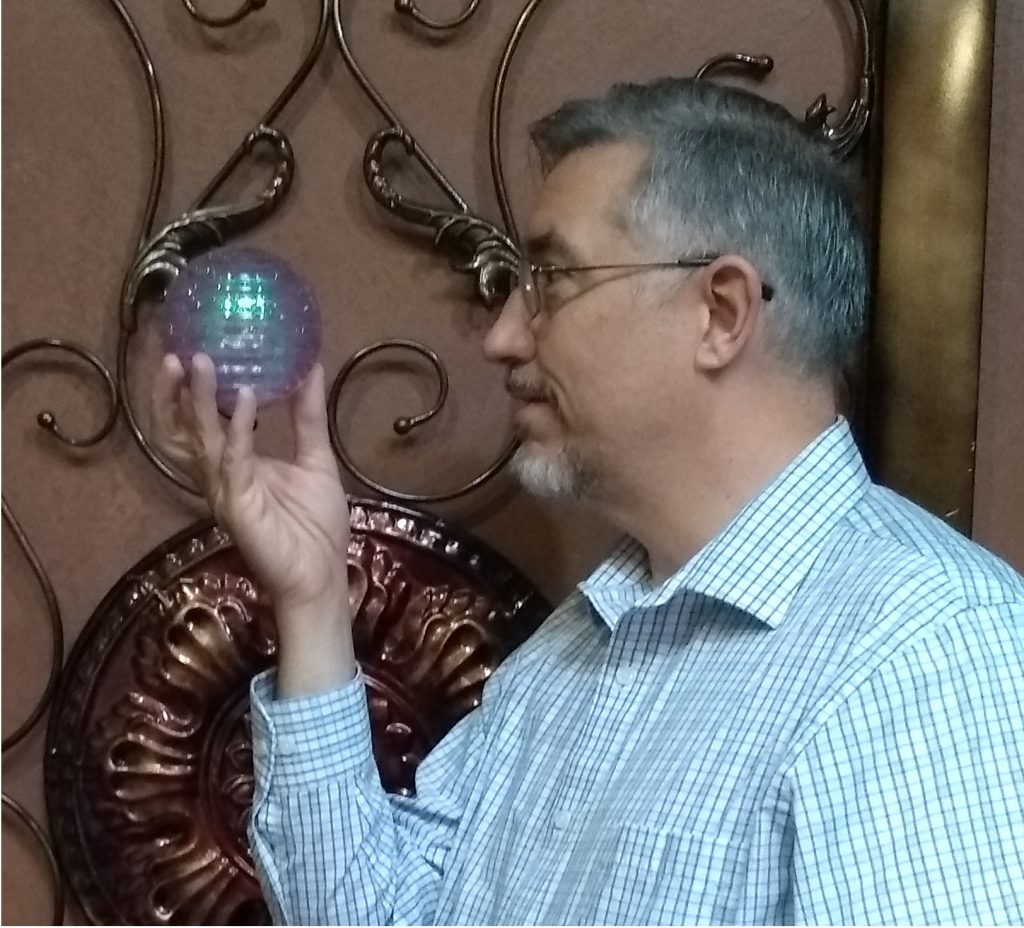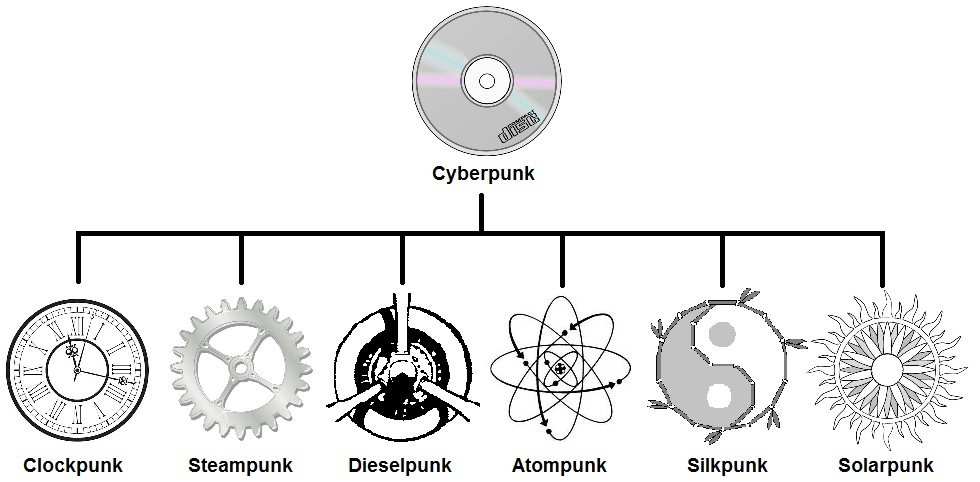It’s the most embarrassing time of the year…when I judge how well I did at foretelling what types of science fiction books would be published this year.
In past years, I’ve tried and failed with crystal balls, tea leaves, tarot cards, astrology, palmistry, and ChatGPT, but last year at this time I used a sure-fire method—the Ouija Board. Let’s see how well I did:
Prediction: Climate Change and Solarpunk
Authors will give us post-apocalyptic, post-climate-disaster recovery stories with emerging solarpunk civilizations.
Assessment:
The Ouija Board did well here, and I found several examples, including:
- All the Water in the World by Eiren Caffall. Future glaciers have melted, flooding the earth and forcing people to live in the topmost floors of skyscrapers.
- Private Rites by Julia Armfield. An environmental crisis brings continuous, worldwide rain.
- Monk and Robot by Becky Chambers. This book combines two previous stories, A Psalm for the Wild-Built and A Prayer for the Crown-Shy, which take place in a far-future solarpunk utopia.
Prediction: Driverless Cars
Writers will show us the pros and cons of more advanced driverless cars than we have now.
Assessment:
The Ouija board called this category as well. These books drive on the dark/horror side of the road:
- The Driverless: Phantom Wheels by Leonard Boblea Adrian. This horror story features an evil, driverless car.
- An ICE-Y Ride: A Dystopian Tech Horror Short Story by TH Sterling. An autonomous car accuses its passenger of sedition and becomes her prison.
Prediction: Futurism Beyond Africa
While Afrofuturism will continue, we’ll see books exploring the future of other cultures and regions.
Assessment:
This didn’t seem as widespread as the Ouija board made it sound. I only found one example:
- You Must Take Part in Revolution: A Graphic Novel by Badiucao and Melissa Chan. This is set in Hong Kong and Taiwan during a future war between the U.S. and China.
Prediction: Fact-ion
Scifi authors will combine their fiction with fact. That is, they’ll base a fictional tale on a true event.
Assessment:
Proving that Ouija boards aren’t all-knowing, I found no examples of this in 2025.
Prediction: Future Romance
Setting a romance novel in the future is fine, but in the coming year, authors will further explore how human relationships might change in the future. What bizarre, new kinds of relationships might emerge?
Assessment:
The board played it safe with this one. Anyone could’ve made this prediction for almost any year. I stopped looking for examples after finding these:
- Useless: Male Superhero in a Reverse World by Strawman Context. A man finds himself in an alternate world where women far outnumber men and hold all the power.
- A Future Undone: A Gay Sci-Fi Romance Thriller About Time Travel and Artificial Intelligence by Kurt Harding. The subtitle says it all.
- The House That Learned Her Name by Wanda Miller. A grieving widow develops a relationship with her smart home.
- Mated to the Possessive Cyborg: An Impreg Cyborg Sci-Fi Romance by Laura Cauldwell. Like Beauty and the Beast, only this beast is a troubled, military cyborg.
Prediction: Interacting With Readers
Remember choose-your-own-adventure books? In 2025, authors will find new ways to allow the reader to influence the story-reading experience.
Assessment:
Ouija boards are interactive by nature, and I got the impression my board enjoyed making this prediction. Here are some examples I found:
- Unseen Archives Magazine: An Interactive Graphic Novel Experience by Anthony L Abraham. The more I read about this magazine, the less I understood, but it seems interactive.
- Access The Bridge: A SciFi Choose-Your-Own-Path Adventure GameBook by Henry Butler. This goes beyond standard choose-your-own adventure books, since the wrong paths provide knowledge needed for other paths.
- Lumen Calls: A Pathfinder Adventure by Gene Anders. A strange anomaly beckons near a small town. You, the reader, make choices, but each choice changes how the anomaly sees you.
Prediction: Linked Minds
Extrapolating the possibilities of Elon Musk’s Neuralink, writers will craft stories featuring human characters interfacing with computers via brain implants.
Assessment:
The Ouija board didn’t exactly go out on a limb in predicting more books with this long-time staple of science fiction, and authors obliged in 2025:
- Virtuality by Derek Cressman. In the near future, everyone has brain implants providing infotainment, but there are side effects.
- Veritas Dawn by Tal Azar. A pill upgrades people’s minds, and connects them. An algorithm emerges, but has its own agenda.
Prediction: Merged Worlds
Pairs of authors will collaborate on novels that combine characters and worlds developed separately and previously by each writer.
Assessment:
These are a type of what are called Crossovers, and the Ouija board failed with this one. I found no examples.
Prediction: Quality AI Fiction
In the coming year, an AI will write a good science fiction book.
Assessment:
I thought for sure the board nailed this, and I did find examples of books written with AI assistance, but no verified AI solo performances this year.
Conclusion
I find the Ouija board a little creepy, and of dubious value in predicting the near future of scifi. I’ve picked a much better prognostication tool, and next week I’ll reveal my spot-on predictions for science fiction in 2026. First, I foresee you’ll check back for next week’s post by—
Poseidon’s Scribe




